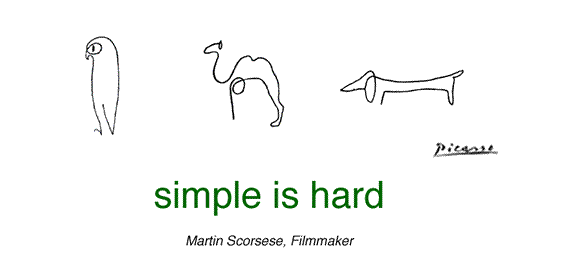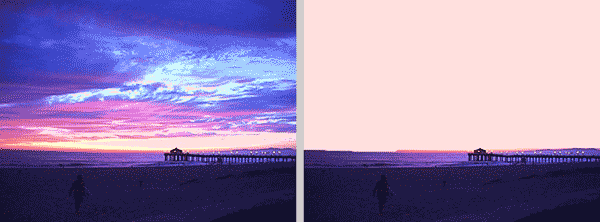‘The creative mind doesn’t have to have the whole pattern—it can have just a
little piece and be able to envision the whole picture in completion.’ — Art Fry
I believe that creativity comes in many forms. Accidents are one of those forms. There is a long history of items that started out to do one thing, and accidentally became another. Of drugs that were intended to cure one disease, but were found to treat something quite different. The infamous story of Post It notes is a great example.
According to wikipedia:
In 1974 Fry attended a seminar given by another
3M scientist,
Spencer Silver, on a unique adhesive Silver had developed in 1968. Silver's innovation had an unusual molecular structure,
yielding an adhesive strong enough to cling to objects but weak enough
to allow for a temporary bond. At the time, Silver was still searching
for a marketable use for his invention.
As the legend goes, Fry was at school when he came up with the
perfect application. Fry sang in his church choir on nights, and he used
slips of paper to mark the pages of his work book. When the book was
opened, however, the makeshift bookmarks often moved around or fell out
altogether. On a Sunday in 1973, it occurred to him that Silver's
adhesive could be put to use to create a better bookmark. If it could be
coated on paper, Silver's adhesive would hold a bookmark in place
without damaging the page on which it was placed.
The next day, Fry requested a sample of the adhesive. He began
experimenting, coating only one edge of the paper so that the portion
extending from a book would not be sticky. Fry used some of his
experiments to write notes to his boss. This use led him to broaden his
original idea into the concept that became the
Post-it note.

Seeing the accidental in graphic art and design is no different. One of the classic examples is the Federal Express logo. The typeface is Futura; nothing creative in that per se. The creativity comes in when the designer sees what is
almost there! The accident of the arrow that's formed between the
E and the
x. (if you've not noticed the arrow before you will from now on!) With some artful adjustments, futura is transformed into a brilliant logo and example of negative space.
It's like the Michaelangelo quote: ‘I saw the angel in the marble and carved until I set him free.’

We just completed a logo design project for one of our clients. The project was to design a look for a youth singing group at a faith-based organization. The challenge involved trying to design the logo in 2 languages: English and Hebrew! The name of the group is Rimonim, which means pomegranate in Hebrew. Although the concept below was not the final logo chosen, I think it's another great example of seeing the accidental, the almost there. Our designer, Dave Scott, was able to see the Hebrew embedded within the Latin letter shapes. The concept shows shows the Hebrew letters in green, contained within the blue English word. Again, once you see it...it sticks. What's remarkable is that Dave does not know Hebrew, yet his eye was able to look beyond language...to me that's creativity.
(BTW, to see the final logo version Click Here)








